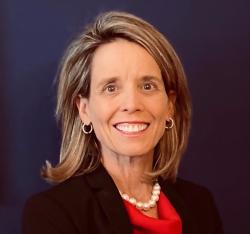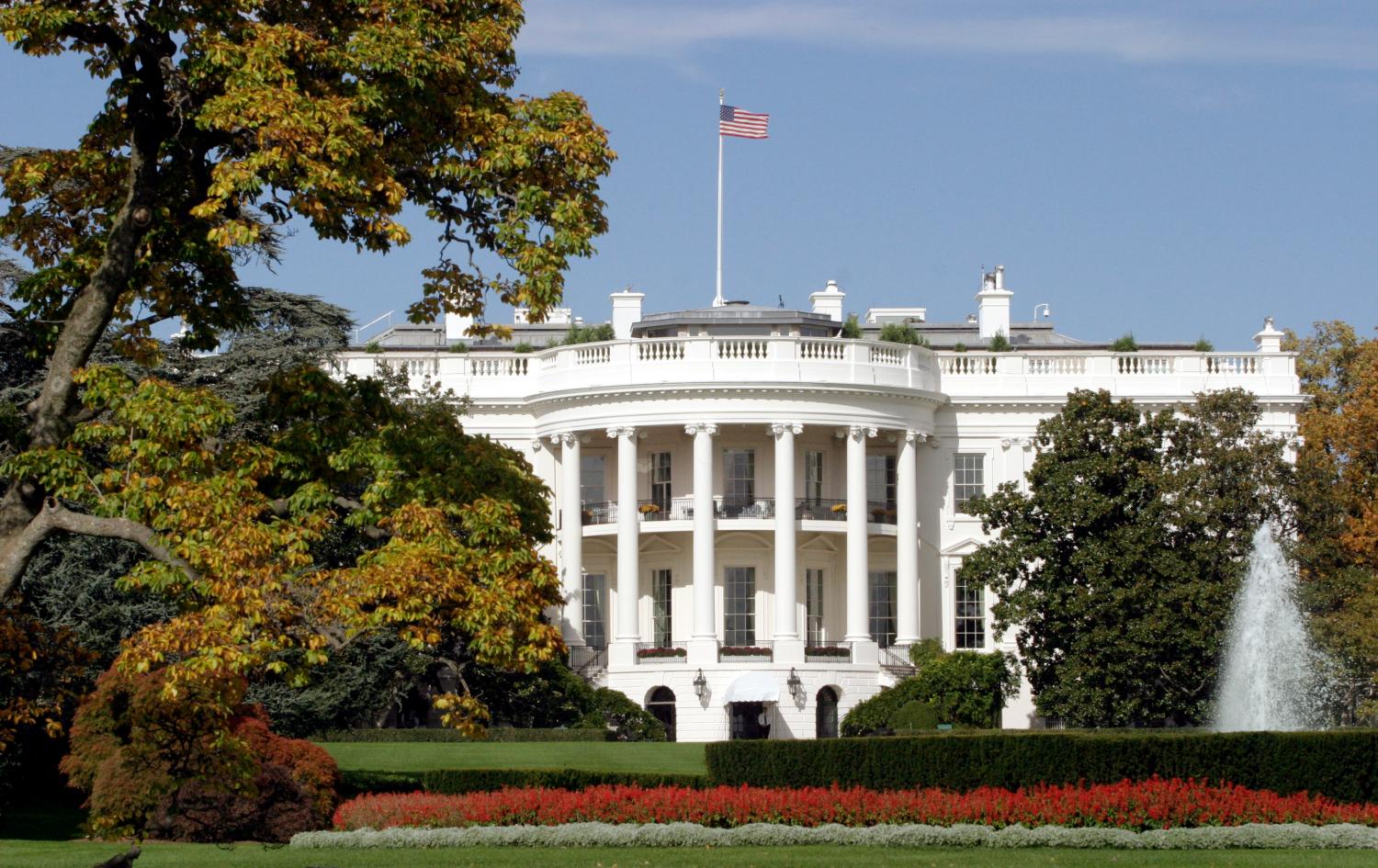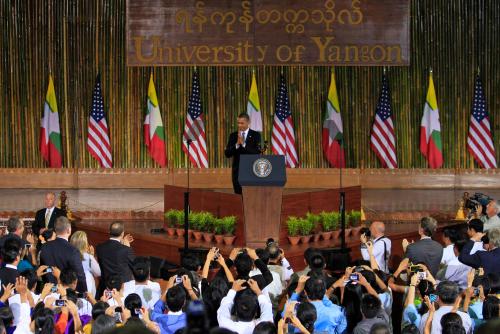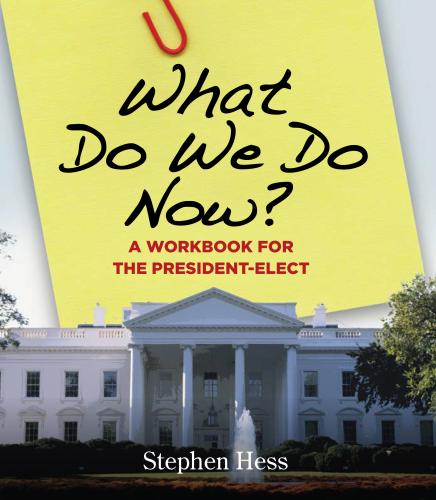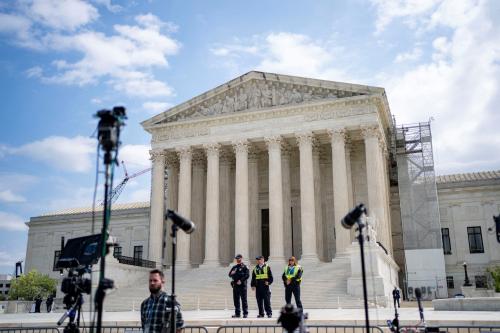Recent departures of White House Chief of Staff Jack Lew and Senior Adviser David Plouffe have drawn attention to a frequently overlooked aspect of the American presidency – the men and women who work most closely with the president in the Executive Office of the President, writes Kathryn Dunn Tenpas. Though Cabinet secretaries wield significant influence within the administration, no one can deny the influence of White House advisers, many of whom consult with the president on a broader range of issues and, most likely, more frequently than Cabinet members due to their closer proximity. Little is known, however, about the frequency with which these individuals come and go.
This report documents staff turnover rates amongst the president’s “A” team (the top tier of staff in the Executive Office of the President as designated by the National Journal) and compares the Obama team to those of Presidents Reagan, Clinton and Bush. By the end of the first term, 71 percent of President Obama’s “A” team had left their original positions—a rate comparable to his predecessors. As President Obama begins his second term, less than one third of his original team will be occupying their initial positions. To be sure, staff departures affect White House operations – loss of institutional memory, costs imposed when rehiring and orienting the new people, disappearance of networking contacts and relationships on the Hill and in the Washington community – to name a few. Complicating matters further, second terms are never easy as presidents tend to overplay their hand at the start and political capital diminishes rapidly as Congress increasingly perceives the president as a lame duck. This study provides original data documenting staff turnover rates and discusses President Obama’s staffing challenges and opportunities in his final term.
